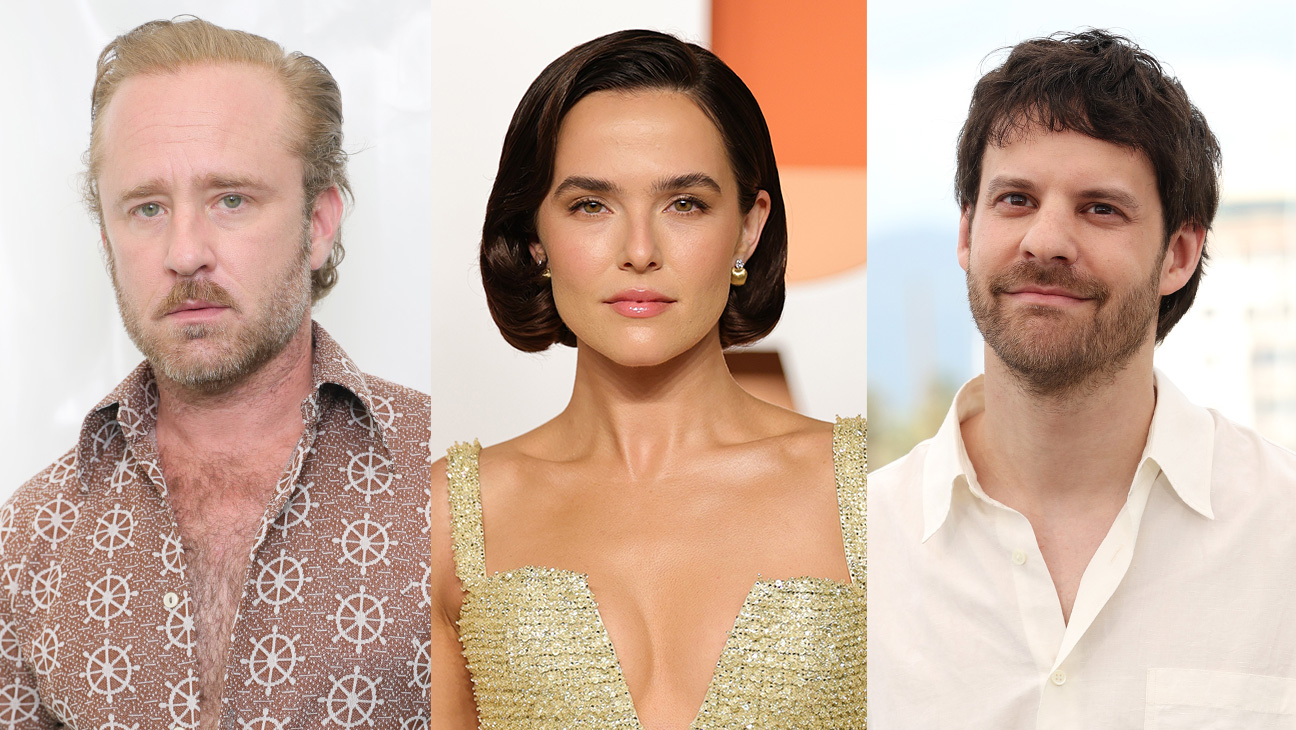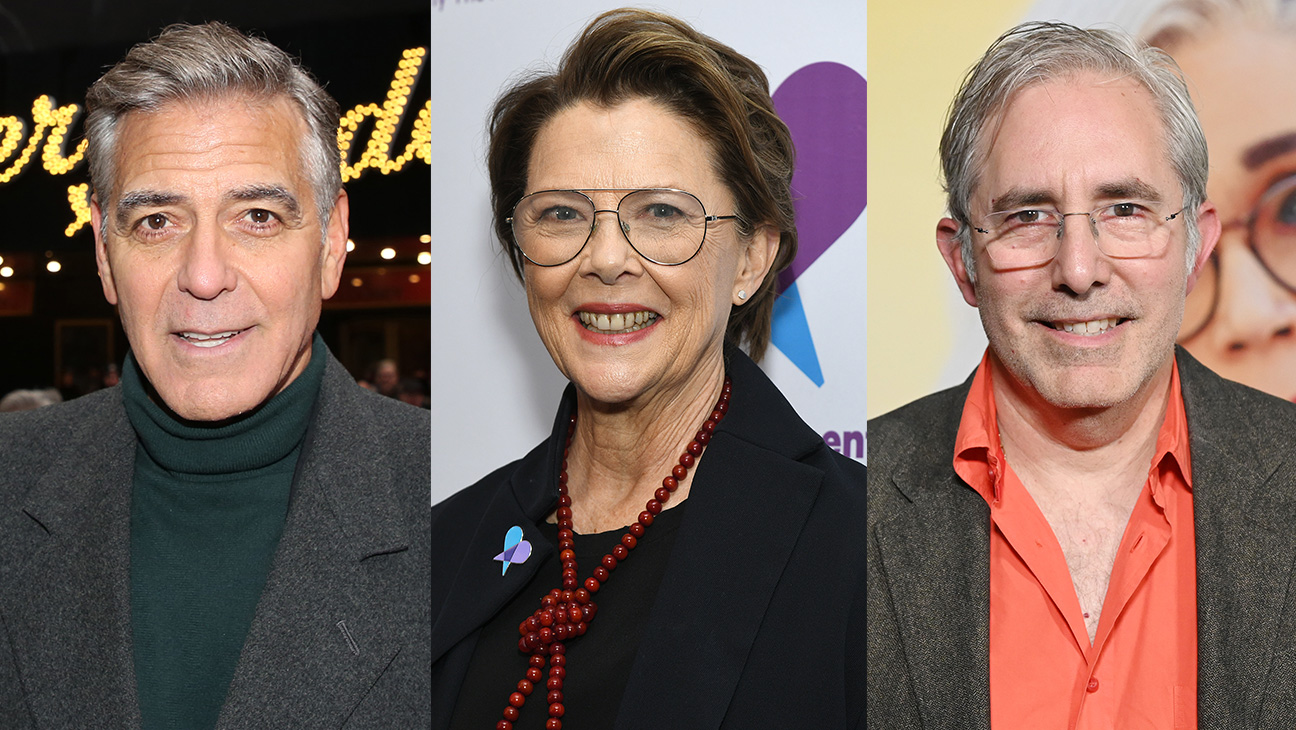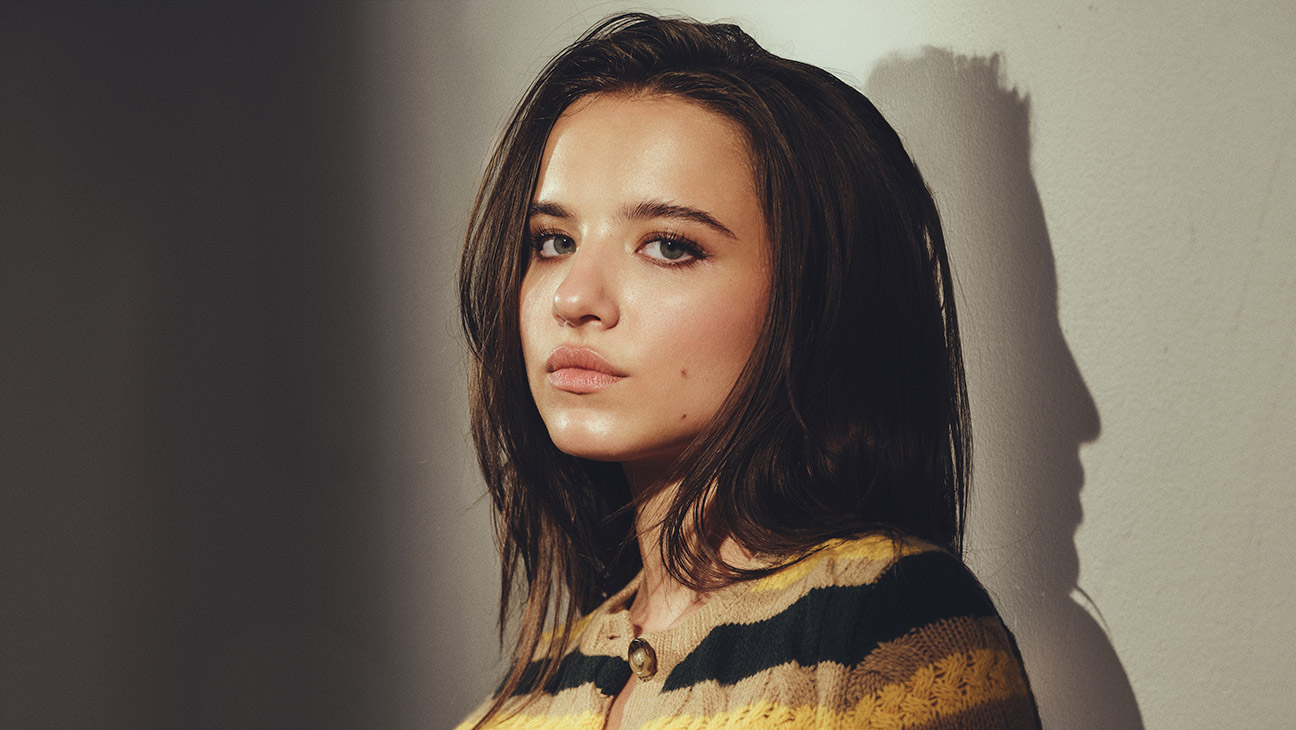Scientists have proven that the human brain develops more rapidly from birth to the age of 5 than it does at any other time in one’s life. And yet when it comes to movies, there’s probably no other period harder to depict on screen. Films like Look Who’s Talking and The Boss Baby have certainly tried and, to an extent, succeeded in capturing the joys and chaos of infancy and toddlerhood. But they rarely manage to channel that age’s sense of discovery, mystery and terror.
In the charming new French animation flick Little Amélie or the Character of Rain (Amélie et la métaphysique des tubes), those feelings are front and center in a story that favors sensations over storytelling, plunging the viewer into the brain of a child waking up to the world around her for the first time. The twist, so to speak, in Maïlys Vallade and Liane-Cho Han’s feature debut, is that the child in question is a Belgian girl growing up in rural Japan in the 1960s — a place filled with countless natural wonders, but also marked by the scars of a major war that haven’t quite healed.
Little Amélie or the Character of Rain
A colorful kids flick that tackles serious themes.
Adapted from the autobiographical novel by Amélie Nothomb (Fear and Trembling), the film feels at times like Terrence Malick meets Hiyao Miyazaki for tykes, combining playful subjectivity with surreal flights of fancy. But it also maintains a narrative throughline that’s simple enough for any kid to follow, showing how its titular heroine literally emerges from her bubble to discover the pleasures and dangers of real life.
“Your child is a vegetable,” a doctor tells the parents of 2-year-old Amélie (Loïse Charpentier), who lives in a remote country home nestled in the forests of Japan’s picturesque Kobe region. And it’s true: The baby girl doesn’t speak or react much at first, silently watching the world go by from her bouncy chair until two pivotal events shake her out of her stupor. The first is an earthquake that rattles the house into disarray. The second is the arrival of Amélie’s grandmother (Cathy Cerda), who flies in from Brussels with the best gift any child could hope for: white Belgian chocolate straight from the source.
After those two shocks to the system, Amélie suddenly opens up, revealing a gift for language and observation that makes her not only grandma’s favorite, but a darling companion to her Japanese nanny Nishio-San (Victoria Grobois), with whom she spends most of her time. The only hiccup in the girl’s enchanting new life is an older landlady (Yumi Fujimori) who haunts the property like a ghost in a Kenji Mizoguchi movie, scaring Amélie whenever she wanders off into the surrounding flora and fauna.
Collaborating on their first feature after working on high-profile Gallic animation projects like The Little Prince, The Illusionist and I Lost My Body, Vallade and Han favor an explosive color palette without any lines separating one shade from another. The effect feels more like a watercolor painting — or a Japanese print — in motion than a traditional kids cartoon, highlighting the marvels Amélie discovers as she ventures out of her home.
One standout sequence has the family attending an annual festival in which carp-shaped windsocks fill the sky while schools of carp savagely feast on bread in the sea. Another scene shows Nishio-San taking Amélie to a day of the dead ritual, with hundreds of glowing lanterns floating down a river to mark the occasion.
Death seems to hover over the girl’s budding existence as much as life. After seeing her father (Marc Arnaud) break down in tears, she learns that her grandma passed away back in Belgium, forcing her to accept the fact that she’ll never see the woman again. Through both Nishio-San and her evil landlady, she also learns about the devastating losses caused by the Second World War — losses for which some locals blame Europeans like Amélie.
This is not easy information for a kid to digest, and the filmmakers don’t always make their heavy themes as fun and palatable as in a Pixar flick. They opt instead for the kind of realism found in Manga adaptations like the Hiroshima chronicle, In This Corner of the World, which they cite in the press notes, although their movie is ultimately more uplifting.
Indeed, the film proved a modest crowd-pleaser for its local release, raking in over 200,000 admissions after premiering in Cannes and playing competition in Annecy. Like its French counterpart Arco, which Neon will be releasing on November 14th, Little Amélie strikes the right balance between childhood fantasies and adult realties, between imagination and a more pessimistic view of the world as it is. Both movies prove not only that France remains an incubator for highly original animated features — all three directors emerged from Paris’ Gobelins visual arts school — but that kids can still be major sources of creative inspiration, if we just take them at their word.





